The Month Data Engineering Grew Up
Introduction
August 2025 will be remembered as the month when data engineering finally came of age. While the industry has spent years chasing the latest shiny tools and frameworks, this month marked a fundamental shift toward maturity, responsibility, and—perhaps most importantly—cost consciousness. From Netflix’s groundbreaking media ML initiatives to the rise of “Agentic Data Engineering,” the field demonstrated that it’s no longer just about moving data faster, but about moving it smarter.
The convergence of several trends created a perfect storm of innovation: AI agents began automating tedious pipeline maintenance, open-source tools like DuckDB exploded in popularity as teams sought alternatives to expensive cloud solutions, and security breaches reminded everyone that with great data power comes great responsibility.
This wasn’t just another month of incremental improvements—it was a turning point that signaled data engineering’s evolution from a purely technical discipline to a strategic business function that balances innovation, cost management, and ethical responsibility.
The Rise of the Data Agents: When Pipelines Start Managing Themselves
Agentic Data Engineering: The Game Changer
The most significant development of August 2025 was the emergence of “Agentic Data Engineering”—a paradigm shift that promises to revolutionize how data teams operate. Instead of data engineers spending 70% of their time on pipeline maintenance, monitoring, and troubleshooting, AI agents are now handling these routine tasks autonomously.
What Makes This Different: Unlike traditional automation scripts or basic monitoring tools, agentic systems can actually reason about data pipeline problems, make decisions, and implement fixes without human intervention. These agents understand context, can adapt to changing data patterns, and learn from previous incidents.
Real-World Impact: Early adopters report that agentic systems have reduced their pipeline maintenance overhead by 60-80%, allowing data engineers to focus on strategic initiatives rather than firefighting. The technology is particularly effective at handling data quality issues, schema drift, and performance optimization tasks that previously required manual intervention.
The Technical Innovation: These agents leverage large language models specifically fine-tuned for data engineering tasks, combined with access to monitoring data, code repositories, and documentation. They can read error logs, understand data lineage, and even write and deploy fixes—all while maintaining comprehensive audit trails for compliance and review.
Industry Implications: This shift represents more than just efficiency gains. It’s fundamentally changing the role of data engineers from operators to architects and strategists. Teams are reporting faster innovation cycles, improved system reliability, and the ability to take on more complex analytical challenges.
Netflix’s Media ML Revolution: Redefining Streaming Intelligence
The Media Data Lake That Changes Everything
Netflix’s August announcement of their Media Machine Learning Data Engineering specialization sent shockwaves through the industry—not just for its technical ambition, but for what it reveals about the future of content and AI integration.
The Unified Vision: Netflix has created a “media data lake” that doesn’t just store video files, but understands them. This system processes video, audio, and image data in real-time, extracting semantic meaning, visual patterns, and content characteristics that feed directly into recommendation algorithms, content creation tools, and user experience optimization.
Beyond Traditional Streaming: This isn’t just about better recommendations. Netflix is using this infrastructure to:
- Automatically generate personalized thumbnails for each user
- Optimize video encoding based on content characteristics and viewing patterns
- Enable real-time content analysis for regulatory compliance across global markets
- Power AI-assisted content creation tools for their original programming
The Data Engineering Innovation: The technical architecture represents a new category of data pipeline that seamlessly handles unstructured media data at massive scale. Traditional data engineering focused on structured data movement and transformation. Netflix has created systems that can process petabytes of video data with the same reliability and scalability as traditional ETL pipelines.
Industry Ripple Effects: Other streaming platforms, social media companies, and content creators are scrambling to build similar capabilities. The specialization program Netflix launched is already oversubscribed, indicating massive industry demand for these skills. This development signals that media data engineering is becoming a distinct discipline with its own tools, techniques, and career paths.
The Great Open Source Awakening: DuckDB’s 50% Surge and the Cloud Rebellion
DuckDB: The Little Database That Could
DuckDB’s explosive 50% growth in developer interest during August represents more than just another popular open-source project—it’s a revolt against complexity and cost in the data industry.
Why DuckDB Hit a Nerve:
- Simplicity Over Complexity: While cloud vendors push ever-more complex solutions, DuckDB offers SQLite-level simplicity for analytical workloads
- Performance Without Infrastructure: Developers are achieving impressive analytical performance without managing clusters, servers, or complex configurations
- Cost Transparency: No hidden fees, no surprise invoices, no vendor lock-in—just predictable, open-source efficiency
The Broader Movement: DuckDB’s surge is part of a larger trend toward lightweight, efficient data tools. Organizations are questioning whether they need massive, expensive platforms for workloads that simpler tools can handle more efficiently.
Real-World Adoption Patterns: Teams are using DuckDB for:
- Local development and testing environments
- Analytical workloads that don’t require massive scale
- Edge computing scenarios where lightweight processing is crucial
- Cost-sensitive applications where cloud database pricing is prohibitive
The Cloud Cost Reckoning
August 2025 also marked a turning point in how organizations think about cloud costs. What started as whispered concerns about escalating bills became open discussions about sustainable data architecture.
The Numbers Don’t Lie: Organizations are reporting that their cloud data platform costs have grown 300-500% over the past two years, often without proportional increases in business value. This has triggered serious conversations about architectural alternatives.
Strategic Responses:
- Hybrid Approaches: Many teams are adopting hybrid architectures that use cloud for scalability but open-source tools for cost-sensitive workloads
- Workload Optimization: Organizations are becoming much more strategic about which workloads require premium cloud services versus those that can run on simpler infrastructure
- Vendor Negotiation: The cloud cost crisis has strengthened organizations’ negotiating positions with cloud vendors, leading to more favorable pricing agreements
The Table Format Wars Heat Up: Apache Iceberg vs. The New Challengers
DuckLake Enters the Arena
While Apache Iceberg has dominated lakehouse table format discussions, August saw the emergence of serious challengers, with DuckLake leading the charge as a compelling alternative for organizations seeking simplicity without sacrificing functionality.
The Competitive Landscape:
- Apache Iceberg: Remains the enterprise favorite with robust features and ecosystem support
- DuckLake: Gaining traction for its simplicity and performance optimizations
- Delta Lake: Continuing to evolve with tighter Databricks integration
- Hudi: Focusing on real-time use cases and streaming architectures
Why This Matters: The table format wars aren’t just technical debates—they represent fundamental decisions about data architecture that will impact organizations for years. The choice of table format affects query performance, storage costs, tool compatibility, and operational complexity.
Decision Factors Emerging: Organizations are evaluating table formats based on:
- Ecosystem Compatibility: How well does the format work with existing tools and platforms?
- Performance Characteristics: What are the query latency and throughput implications?
- Operational Complexity: How much expertise is required to manage and optimize the format?
- Vendor Independence: Does the format lock you into specific vendors or platforms?
Microsoft Fabric’s Enterprise Push: Making Data Operations Boring (In a Good Way)
The DevOps Integration That Actually Works
Microsoft’s August Fabric updates represented a mature approach to enterprise data operations—focusing on the unsexy but crucial aspects of deployment, monitoring, and governance that determine real-world success.
Key Enhancements:
- Streamlined Deployment Pipelines: Fabric now offers GitOps-style deployment workflows that treat data pipelines like application code
- Enhanced Azure DevOps Integration: Tight integration with existing enterprise development workflows
- Improved Governance Controls: More sophisticated data lineage tracking and compliance automation
Why This Matters: While other platforms focus on flashy AI features, Microsoft is solving the operational challenges that plague enterprise data teams. This represents a betting on the hypothesis that enterprises will choose reliable, well-integrated solutions over cutting-edge but operationally complex alternatives.
Enterprise Reception: Early feedback suggests that enterprise teams appreciate Fabric’s focus on operational excellence. The platform is gaining traction not because it’s the most innovative, but because it makes enterprise data operations more predictable and manageable.
GraphRAG: When Knowledge Graphs Meet AI
The Evolution of Retrieval-Augmented Generation
August marked the mainstream emergence of GraphRAG—an evolution of traditional RAG (Retrieval-Augmented Generation) that leverages knowledge graphs to provide more contextual and accurate AI responses.
The Technical Innovation: While traditional RAG systems search for similar text chunks, GraphRAG understands relationships between entities, concepts, and facts. This enables more sophisticated reasoning and more accurate responses to complex questions.
Practical Applications:
- Enterprise Knowledge Management: Companies are using GraphRAG to build AI assistants that understand organizational knowledge in context
- Research and Development: Scientific organizations are leveraging GraphRAG to surface relevant research connections and insights
- Customer Support: Support systems powered by GraphRAG can provide more accurate and contextual responses
Vector Database Renaissance: The rise of GraphRAG has driven increased interest in vector databases like Qdrant, which provide the infrastructure for storing and querying the complex embeddings that power these systems.
The Cost Optimization Imperative: Netflix and Wix Lead the Way
Transparency in the Service of Progress
August saw an unprecedented level of transparency from major tech companies about their cost optimization strategies. Netflix and Wix publicly shared detailed approaches for reducing Spark and cloud infrastructure costs, marking a new era of open knowledge sharing in the industry.
Netflix’s Spark Optimization Playbook: Netflix revealed strategies for reducing Spark costs by 60-70% through:
- Intelligent Resource Allocation: Dynamic sizing based on workload characteristics
- Workload Consolidation: Smart scheduling to maximize resource utilization
- Storage Optimization: Strategic use of different storage tiers based on access patterns
Wix’s Cloud Cost Management: Wix shared their journey from cloud cost explosion to sustainable architecture:
- Workload Right-Sizing: Moving appropriate workloads to more cost-effective platforms
- Reserved Capacity Strategy: Strategic use of reserved instances and committed use discounts
- Multi-Cloud Optimization: Leveraging different cloud providers for different workload types
Industry Impact: This transparency has accelerated industry-wide cost optimization efforts. Organizations are no longer accepting escalating cloud costs as inevitable, instead adopting sophisticated strategies for managing expenses while maintaining performance and reliability.
Security Wake-Up Calls: The Google-Salesforce Breach and Supply Chain Reality
When Third-Party Risk Becomes First-Party Problems
August’s security breaches, particularly the Google-Salesforce incident affecting customer contact data, highlighted the complex security challenges facing modern data architectures.
The Supply Chain Problem: Modern data systems depend on dozens of third-party services, each representing a potential security vulnerability. The Google-Salesforce breach demonstrated that even major cloud providers aren’t immune to supply chain security issues.
Data Engineering Implications:
- Architecture Decisions: Teams are reconsidering which data can safely reside in third-party systems
- Monitoring and Detection: New focus on monitoring data flows across vendor boundaries
- Incident Response: Need for sophisticated incident response procedures that account for multi-vendor architectures
Regulatory Response: The breaches have accelerated regulatory discussions about data protection in cloud environments, with potential implications for how organizations architect their data systems.
The Ethics Awakening: AI Alignment and Responsible Data Engineering
When Small Changes Have Big Consequences
August also marked increased awareness of AI alignment risks in data engineering contexts. Thought leaders began raising concerns about how small changes in data pipelines or model training procedures can have outsized effects on AI system behavior.
The Technical Challenge: Modern AI systems are so complex that small changes in training data, feature engineering, or model parameters can lead to unexpected and potentially harmful behaviors. This creates new responsibilities for data engineers who build the pipelines that feed these systems.
Practical Implications:
- Pipeline Auditing: New emphasis on comprehensive auditing and version control for data pipelines feeding AI systems
- Bias Detection: Integration of bias detection and mitigation techniques into standard data engineering workflows
- Stakeholder Communication: Data engineers are increasingly responsible for communicating the potential impacts of data changes to AI system behavior
Industry Response: Professional organizations and companies are developing new guidelines and best practices for responsible data engineering in AI contexts. This represents the maturation of the field from a purely technical discipline to one with significant ethical responsibilities.
Technology Trends: The Tools That Shaped August
The Democratization of Advanced Analytics
Beyond the major announcements, August saw continued evolution in the tools and technologies that power modern data engineering:
Apache Kafka Advances: New streaming capabilities that make real-time data processing more accessible to teams without specialized streaming expertise.
Container and Orchestration Innovation: Improvements in Docker workflows and Kubernetes-based data pipeline orchestration that address supply chain security concerns while improving developer productivity.
Database Technology Evolution: Continued innovation in specialized databases for analytics, time-series data, and graph workloads, giving teams more options for optimizing cost and performance.
Community Voices: The Conversations That Mattered
Reddit and LinkedIn as Industry Barometers
The data engineering community’s discussions on Reddit and LinkedIn provided insights into the real challenges and priorities facing practitioners:
Popular Topics:
- Database selection strategies for different use cases
- Real-world experiences with table format migrations
- Cost optimization success stories and failures
- Career development in the evolving data engineering landscape
Emerging Themes:
- Simplicity Over Complexity: Strong preference for tools and approaches that reduce rather than increase operational complexity
- Cost Consciousness: Universal concern about managing cloud and tooling costs
- Career Evolution: Recognition that data engineering roles are becoming more strategic and less tactical
Looking Forward: What August 2025 Means for the Future
The Mature Data Engineering Ecosystem
August 2025 marked data engineering’s transition from adolescence to maturity. The field is no longer defined by rapidly changing technologies and constant experimentation, but by thoughtful selection of proven tools, sophisticated cost management, and responsible practices.
Key Indicators of Maturity:
- Cost Optimization as Standard Practice: No longer an afterthought, but a core competency
- Operational Excellence Focus: Emphasis on reliability, maintainability, and governance
- Ethical Considerations: Recognition of the broader impact of data engineering decisions
- Tool Consolidation: Movement away from complex, multi-vendor architectures toward simpler, more integrated solutions
The New Data Engineering Skillset
The events of August 2025 highlighted the evolving skillset required for modern data engineers:
Technical Skills:
- AI and Automation Integration: Understanding how to work with and manage agentic systems
- Cost Optimization: Sophisticated understanding of cloud economics and optimization strategies
- Security and Compliance: Deep knowledge of data security in multi-vendor environments
Business Skills:
- Strategic Thinking: Ability to align technical decisions with business objectives
- Communication: Skill in explaining technical trade-offs to non-technical stakeholders
- Ethical Reasoning: Understanding the broader implications of data engineering decisions
Industry Trajectory
Based on August’s developments, several trends seem likely to accelerate:
Continued Open Source Adoption: The success of DuckDB and similar tools suggests continued movement toward open-source alternatives to expensive cloud services.
AI-Driven Operations: Agentic data engineering will likely expand beyond pipeline maintenance to include optimization, security monitoring, and strategic planning.
Hybrid and Multi-Cloud Strategies: Organizations will increasingly adopt sophisticated strategies that leverage different platforms for different workloads based on cost and performance characteristics.
Regulatory Evolution: Security breaches and AI alignment concerns will likely drive new regulations that impact how data systems are designed and operated.
Conclusion: The Month That Changed Everything
August 2025 didn’t just bring new tools and technologies—it brought a new mindset to data engineering. The field has matured from a discipline focused primarily on technical capabilities to one that balances innovation with cost management, operational excellence, and ethical responsibility.
The rise of agentic data engineering promises to free practitioners from routine maintenance tasks, allowing them to focus on strategic initiatives. Netflix’s media ML innovations demonstrate the potential for data engineering to enable entirely new categories of business capabilities. The open-source renaissance, led by DuckDB’s explosive growth, shows that the industry values simplicity and cost-effectiveness alongside cutting-edge features.
Perhaps most importantly, the security incidents and ethical discussions of August highlighted that data engineering decisions have far-reaching consequences beyond technical performance. As the field continues to evolve, practitioners who can balance technical excellence with business acumen and ethical responsibility will be the most valuable.
The month’s events suggest that the future belongs to data engineers who can think strategically about architecture choices, optimize for both performance and cost, implement robust security and governance practices, and understand the broader impact of their technical decisions on business outcomes and society.
August 2025 marked not just the evolution of data engineering technology, but the evolution of data engineering as a profession. The practitioners who embrace this maturity—balancing innovation with responsibility, complexity with simplicity, and capability with cost—will define the next era of data-driven business success.


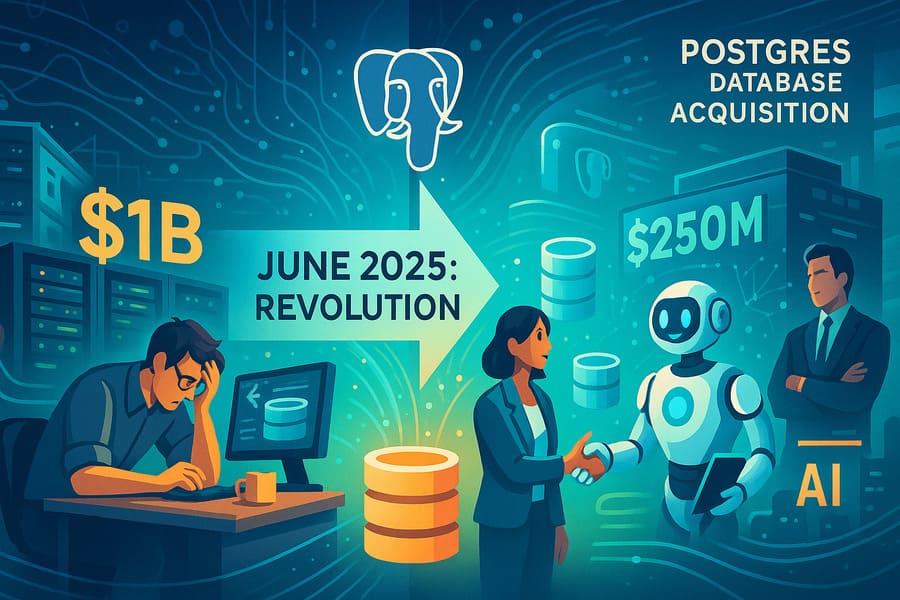


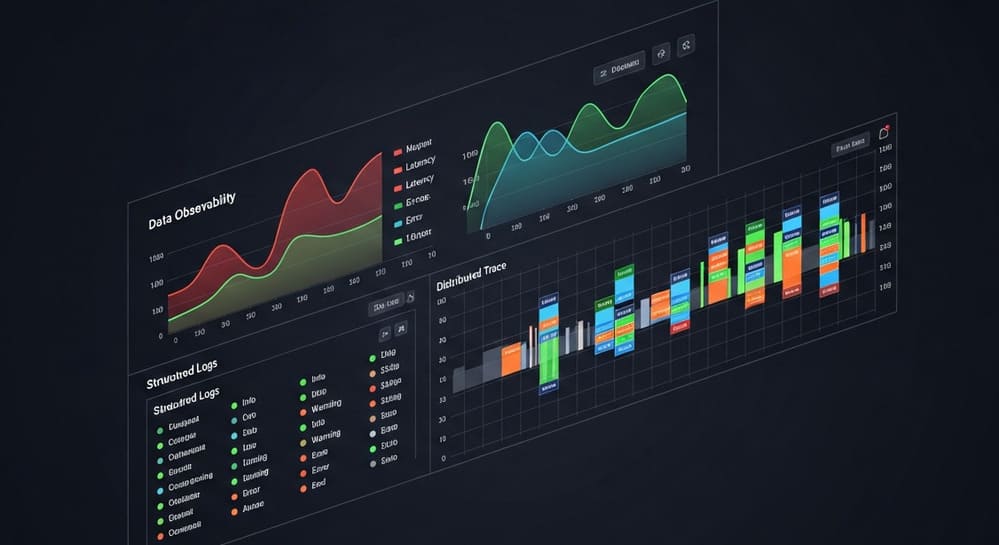
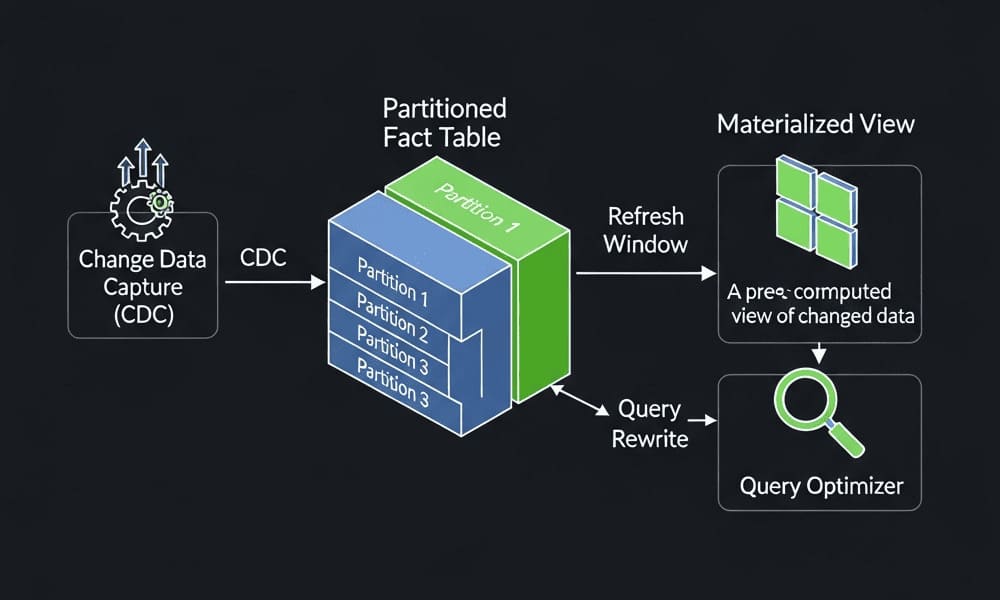
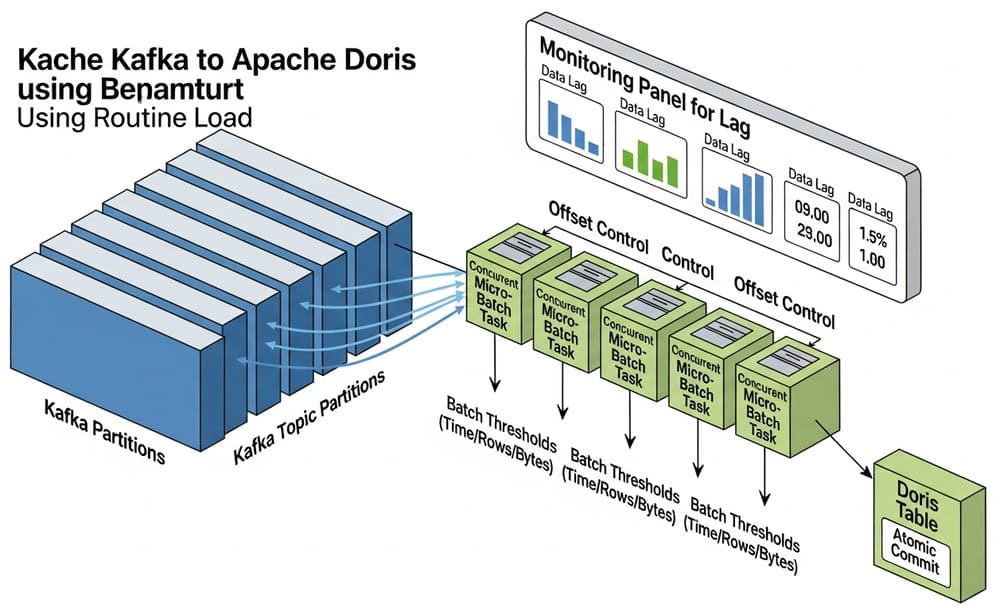
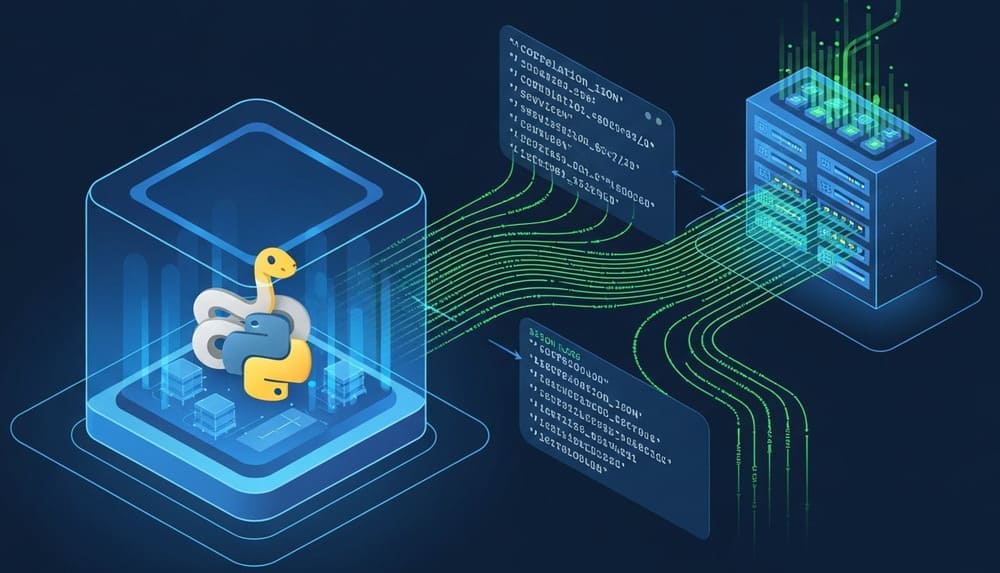
Leave a Reply